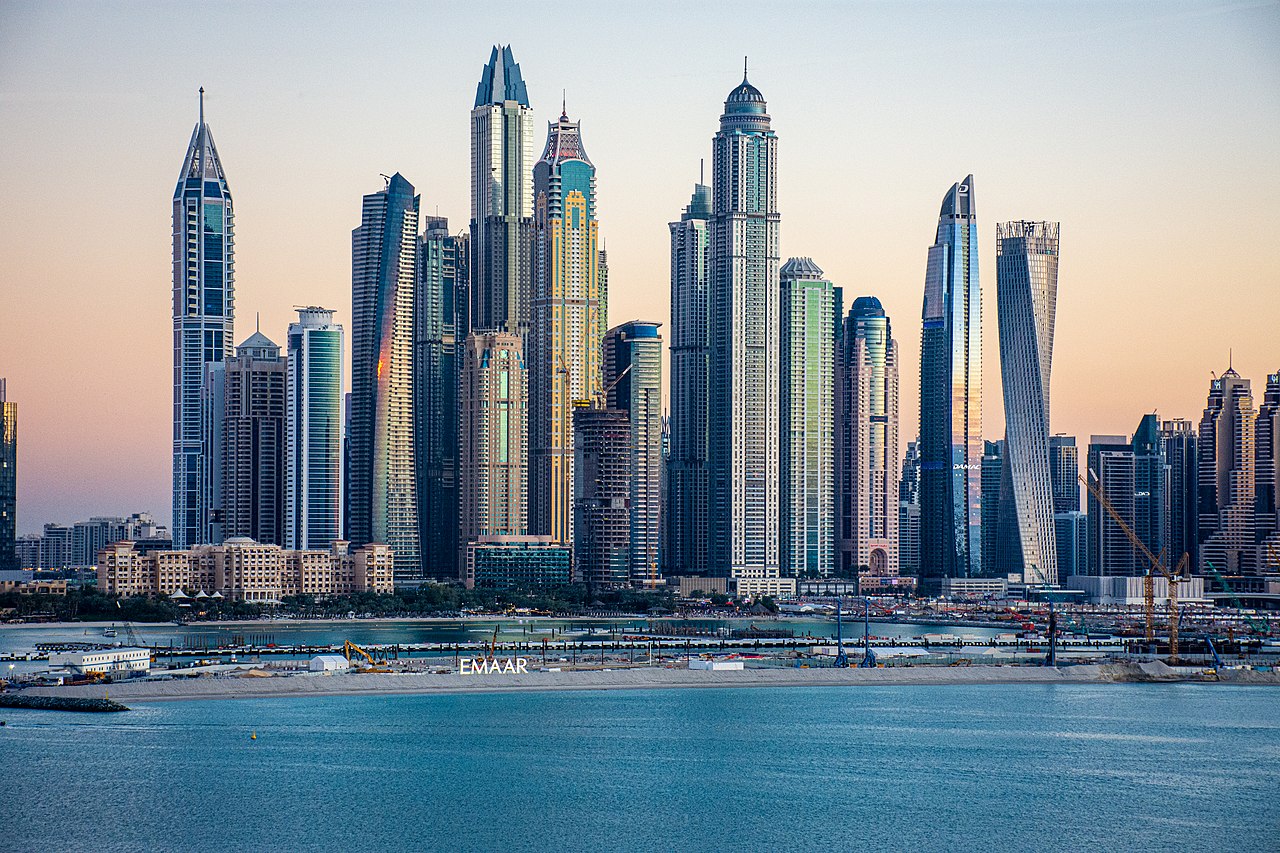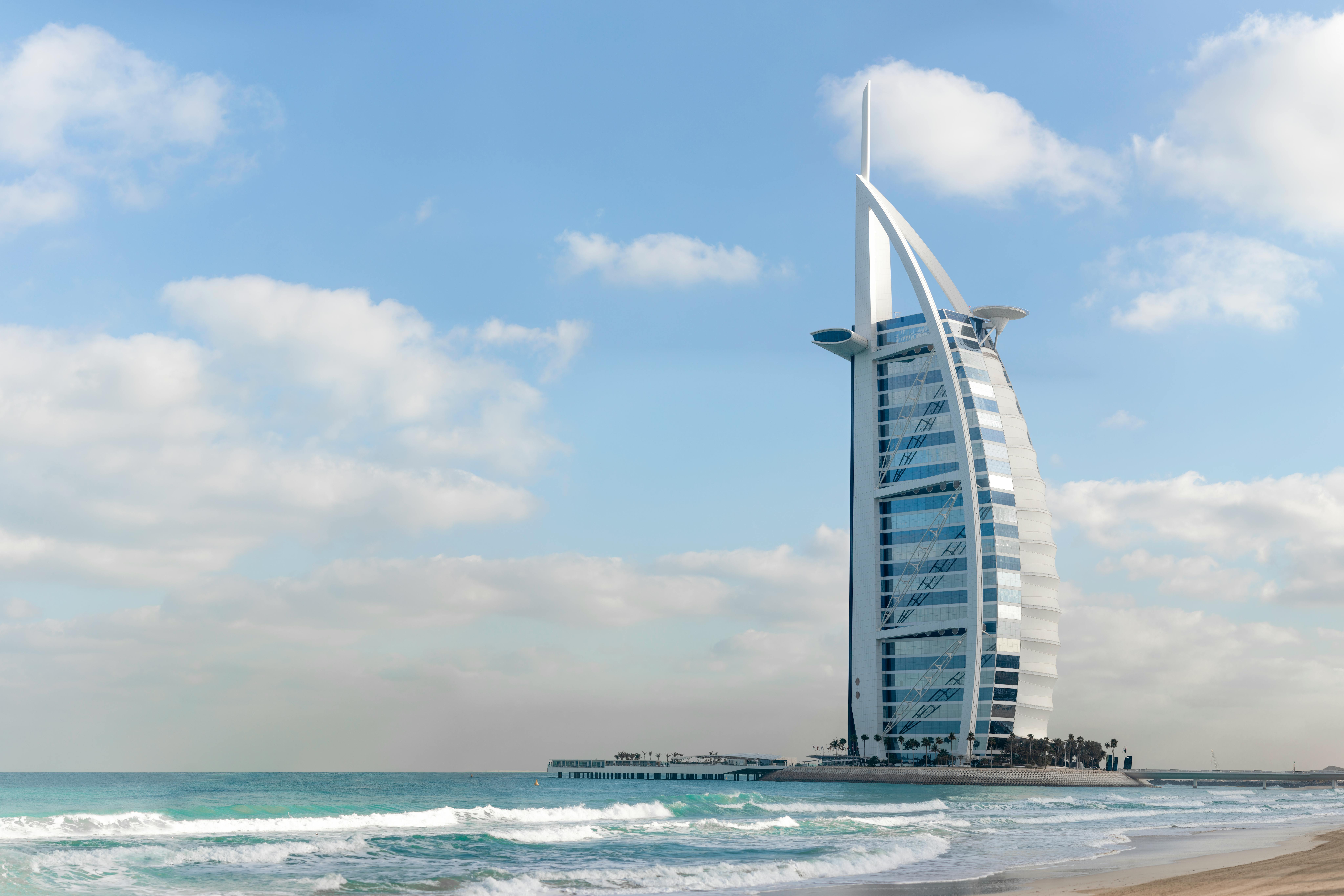Investing in Dubai's luxury market is more accessible than you think. Follow these 5 key steps:

Define Your Vision & Budget
Before diving in, clarify your primary investment goal. Are you seeking steady rental income, long-term capital appreciation, a holiday home, or a combination? This clarity guides your property choice. Simultaneously, establish a comprehensive budget. Factor in not just the property price, but also associated costs like DLD fees (Dubai Land Department), agency fees, potential service charges, and furnishing costs, especially for high-end properties.

Navigate the Legal Landscape
Dubai offers designated freehold areas where foreign nationals can own property outright. Understand these zones. Familiarize yourself with the property registration process via the DLD. Importantly, explore visa options linked to property investment, such as the popular Golden Visa, which offers long-term residency. Due diligence is key; consider consulting with a legal expert specializing in Dubai real estate for foreign investors.

Secure Financing (If Applicable)
While cash purchases are common, mortgages are available for foreign investors in Dubai. Banks have specific criteria for non-residents, often requiring larger down payments (typically 25% or more) and thorough documentation (proof of income, bank statements, etc.). Start discussions with banks early to understand eligibility, pre-approval requirements, interest rates, and loan terms. Compare offers from different institutions.

Identify Premier Projects & Locations
Dubai boasts diverse neighborhoods offering luxury living. Research areas like Downtown Dubai, Palm Jumeirah, Dubai Marina, Emirates Hills, or upcoming districts based on your goals. Evaluate specific projects within these areas. Consider the developer's reputation, build quality, amenities (pools, gyms, concierge services), proximity to attractions, and potential for future growth (Return on Investment - ROI). Partnering with a knowledgeable real estate agency like Five Sparkles is invaluable here.

The Purchase & Handover Process
Once you've chosen a property, the process typically involves: making a formal offer, signing a Memorandum of Understanding (MOU) and paying a deposit, signing the Sales and Purchase Agreement (SPA), making staged payments (especially for off-plan properties), obtaining a No Objection Certificate (NOC) from the developer, completing the final payment, and finally, registering the property transfer at the DLD to receive your title deed. Ensure clear communication and coordination throughout these stages.
